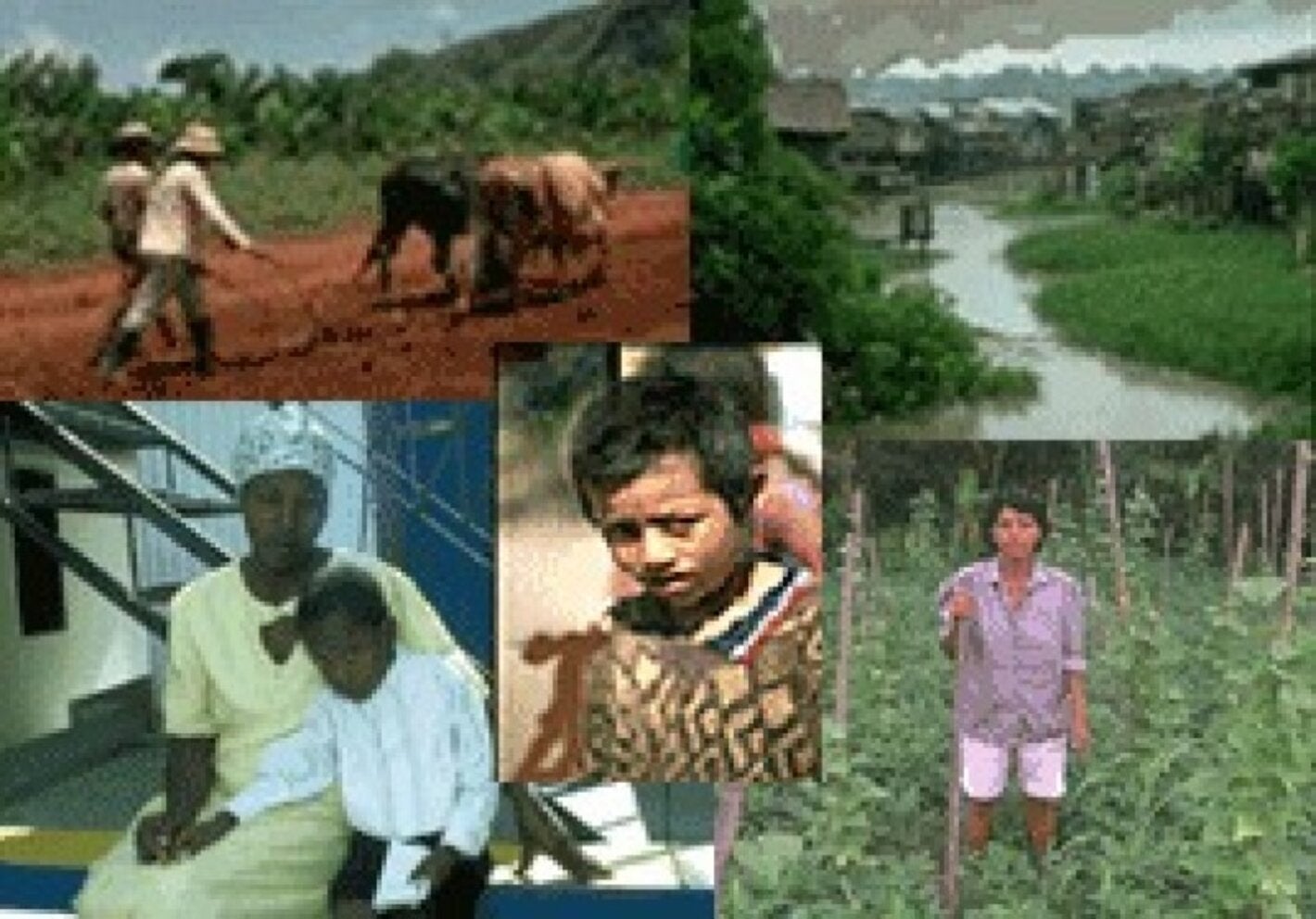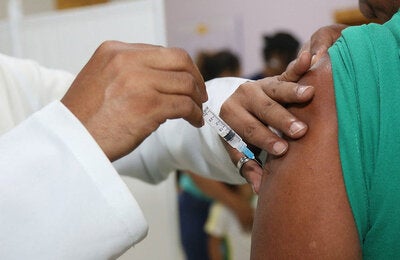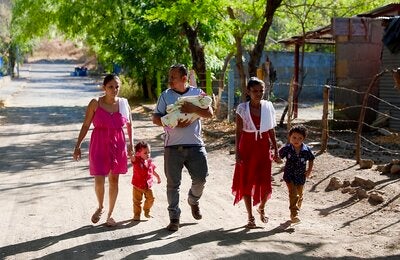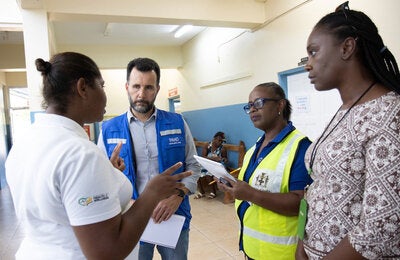
Washington, DC, February 18, 2011 (PAHO) — Some neglected diseases that primarily affect poor or marginalized populations in the Americas could be eliminated or reduced as public health problems through increased administration of medicines, vaccination, and water and sanitation improvements, a new study by the Pan American Health Organization (PAHO) says.
In a paper published in the Public Library of Science (PLoS) Neglected Tropical Diseases journal, the authors analyze the presence of lymphatic filariasis, onchocerciasis, schistosomiasis, human rabies transmitted by dogs, trachoma, and soil-transmitted parasites in "hotspots" where they occur, and identify critical areas for intervention.
"This analysis," the paper says, "suggests that the goal of elimination as a public health problem or drastic reduction of the selected neglected diseases is achievable in the Region. The focality of most of the neglected diseases and the countries' efforts, supported by international organizations and donors, present a positive scenario for combating neglected diseases in the Americas."
The experts mapped out for the first time the specific areas where these neglected diseases are found in 108 states or provinces that have one or more of the diseases, as well as 36 areas, or "major hotspots" where several diseases overlap. Integrated approaches that combine existing diagnosis and treatment methods with environmental improvements are required for control, the authors say. Health ministers from the Americas have urged PAHO to mobilize resources and provide technical cooperation to eliminate these diseases.
Schistosomiasis, a chronic parasitic disease caused by blood flukes, or trematode worms, is found in Brazil, Saint Lucia, Surinam and Venezuela, and affects as many as 3 million people in the Americas, with 25 million more at risk. People become infected when larval forms of the parasite — released by freshwater snails — penetrate their skin during contact with infested water. To combat the disease, school-age children are given preventive de-worming treatment with praziquantel. Waste disposal systems and potable water access must also be improved.
Lymphatic Filariasis, or Elephantiasis, one of the most seriously incapacitating and disfiguring tropical diseases, is found in Brazil, Dominican Republic, Guyana and Haiti, with up to 11 million people still at risk of infection in the Americas. It is transmitted by mosquito bites, which pass on the thread-like, parasitic filarial worms from one infected person to another. The goal in the Americas is to eliminate the disease as a public health problem through mass drug administration yearly, increased surveillance, and control of disability.
Onchocerciasis, or river blindness, is a parasitic neglected disease transmitted by the bites of small black flies that breed in rapidly flowing streams and rivers. Found in some areas of Brazil, Colombia, Ecuador, Guatemala, Mexico and Venezuela, it affects some 180,000 people, including Yanomami indigenous groups in the Amazon and Mayas in Central America. Under an elimination program for the Americas, transmission has been greatly reduced and no new cases of river blindness have been reported since 1995.
Although a 90 percent reduction in cases of human rabies transmitted by dogs has been reported in the Americas, a small number of cases still occur in 10 countries. Efforts supported by PAHO's Regional Elimination Program have included mass dog vaccination campaigns, prophylaxis for people bitten by animals, surveillance and advocacy. In most of the countries the risk persists in animals, so control and advocacy efforts need to continue, the authors say.
Soil-transmitted helminths, or intestinal worms, infect a significant proportion of Latin Americans, especially in slum areas and among some Amerindian tribes. Deworming drugs such as albendazole and mebendazole can reduce these infections, according to the paper. Improvements in basic sanitation and education are also crucial to reduce these and other neglected tropical diseases.
The paper's authors, current and previous PAHO staff members, conclude, "Plans and guidelines are already available to eliminate or control the selected diseases, as are tools such as drugs and diagnostic techniques to support surveillance systems. For these diseases to be eliminated, emphasis should be placed at the country level on evidence-based decisions for strengthening health surveillance systems, mapping the diseases to identify remaining ''hotspots,'' and identification of geopolitical areas in which the diseases overlap (''major hotspots'').



